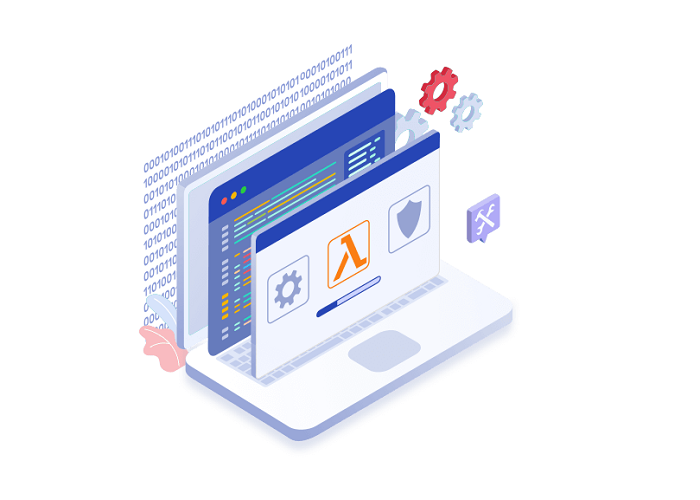
Unleashing the Power of Serverless App Development
In recent years, serverless app development has emerged as a groundbreaking approach that revolutionizes the way applications are built, deployed, and scaled. With its ability to eliminate infrastructure management and enable developers to focus solely on writing code, serverless computing has become a game-changer for businesses seeking agility, scalability, and cost-efficiency. In this article, we delve into the world of serverless app development, exploring its benefits, architecture, and real-world applications.
Understanding Serverless App Development
Contrary to its name, serverless app development doesn’t mean the absence of servers. Instead, it refers to the cloud computing model where developers write and deploy code without having to worry about the underlying infrastructure. With serverless architecture, developers can focus on writing functions or microservices, also known as serverless functions or function as a service (FaaS).
Key Benefits of Serverless App Development
Reduced Infrastructure Management: Serverless app development frees developers from the burden of managing servers, operating systems, and network configurations. Cloud providers abstract away these complexities, allowing developers to focus solely on writing code.
Scalability and Elasticity: Serverless computing offers auto-scaling capabilities, automatically adjusting resources based on demand. This eliminates the need to provision and manage servers for peak loads, resulting in cost savings and improved performance.
Cost Efficiency: Traditional server-based architectures require provisioning and paying for resources even during periods of low or no usage. With serverless, you only pay for the actual execution time of functions, making it a cost-effective solution for applications with variable workloads.
Increased Development Speed: By leveraging pre-built components and managed services provided by cloud providers, developers can rapidly develop and deploy applications. This agility enables faster time-to-market, giving businesses a competitive edge.
Fault Tolerance and High Availability: Serverless platforms handle the scaling and redundancy of infrastructure components, ensuring fault tolerance and high availability. This minimizes downtime and enhances application reliability.
Serverless App Development Architecture
Serverless architectures typically consist of the following components:
Serverless Functions: These are the building blocks of serverless applications. Functions are small, stateless units of code that are executed in response to events. They can be written in various programming languages and are typically triggered by HTTP requests, database events, message queues, or scheduled timers.
Event Sources: Events trigger the execution of serverless functions. Examples of event sources include API Gateway, AWS Lambda triggers, message queues (e.g., Amazon Simple Notification Service), and cloud storage events.
Backend Services: Serverless applications often require access to databases, storage, authentication services, or external APIs. These backend services are typically provisioned and managed separately from the serverless functions.
Real-World Applications
Serverless app development has found applications in various industries and use cases:
Web Applications: Developers can build scalable and cost-efficient web applications using serverless architecture. Serverless functions can handle API requests, user authentication, database operations, and content delivery, among other tasks.
Internet of Things (IoT): Serverless computing seamlessly integrates with IoT devices, allowing developers to process and analyze data from numerous connected devices in real time. It enables the quick development of scalable IoT applications that react to events generated by sensors.
Data Processing and Analytics: Serverless app development is well-suited for data processing tasks, such as data ingestion, transformation, and analytics. Developers can use serverless functions to process large datasets, perform real-time stream processing, or run batch jobs.
Chatbots and Voice Assistants: Building conversational interfaces, such as chatbots and voice assistants, is simplified with serverless architecture. Developers can focus on creating conversational logic while relying on serverless functions to handle the underlying infrastructure and integration with messaging platforms.
Conclusion
Serverless app development has opened up new possibilities for developers and businesses by offering a paradigm shift in how applications are developed and deployed. The benefits of reduced infrastructure management, scalability, cost-efficiency, and increased development speed make serverless architecture an attractive choice for a wide range of applications. As organizations continue to embrace the serverless revolution, we can expect more innovation and exciting use cases in the future, empowering businesses to thrive in the digital era.




